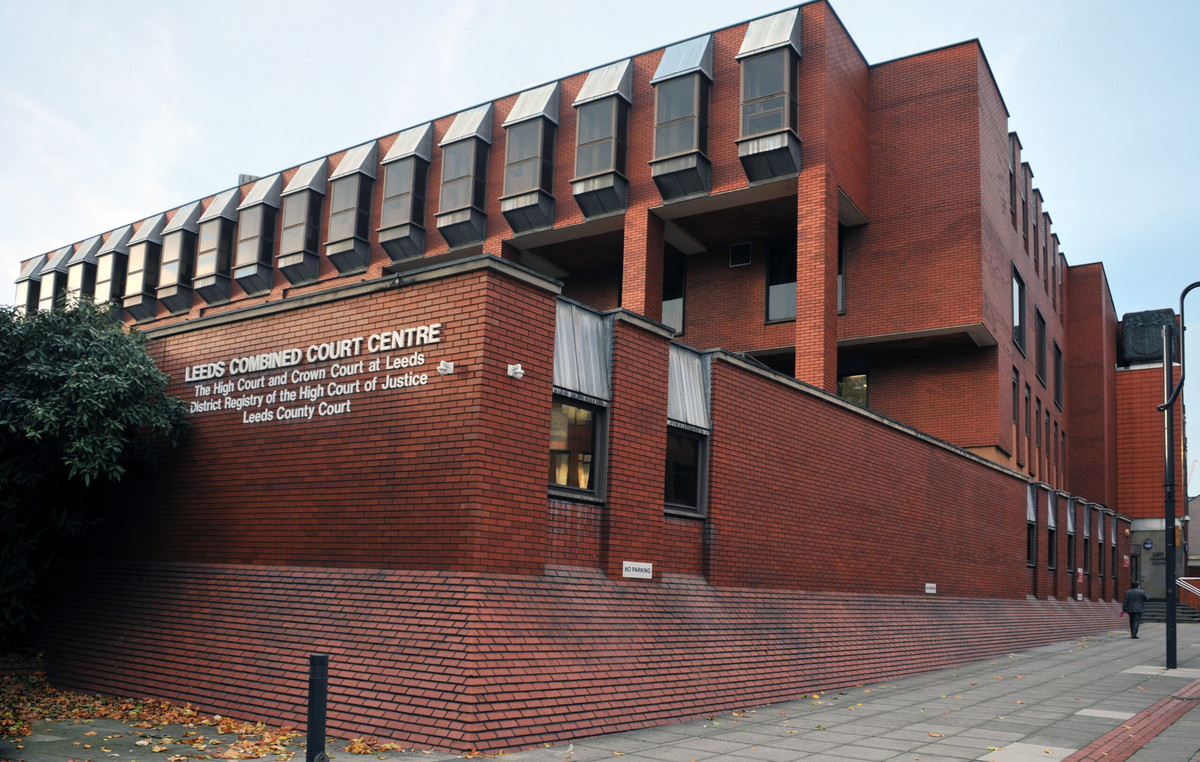The main mode of transmission of monkey pox a disease also known as monkeypox, occurs through direct person-to-person contact, called skin-to-skin.
THE streaming can happen from direct contact with skin lesions, crusts or body fluids of an infected person, by touching objects, fabrics (clothes, sheets or towels) and surfaces that have been used by someone with the disease, in addition to contact with respiratory secretions .
THE Oswaldo Cruz Foundation (Fiocruz) investigates the possible infection of health professionals by contact with surfaces contaminated by the monkeypox virus. The article, which will be published in the December issue of the scientific journal Emerging Infectius Diseases, points out the additional precautions to be taken in preventing contagion.
Brazil has 8,543 confirmed cases and 4,760 suspected cases of monkeypox, according to the most recent data released by the Ministry of Health on Wednesday (12).
what the study says
Fiocruz researchers report the case of two nurses who developed the disease five days after seeing a patient at home to collect material and diagnose monkeypox.
The care adopted in this service is described in detail, pointing out that they used all protective equipment – except gloves – while they were in the initial interview period, in the patient’s room. The protective item was only placed at the time of collection, after they had sterilized their hands.
In addition to Fiocruz Pernambuco and the State Health Surveillance Center of Rio Grande do Sul (Cevs/SES-RS), three universities in the state of Rio Grande do Sul and the Bernhard Nocht Institute for Tropical Medicine – National Reference Center for Tropical Infectious Diseases, in Hamburg, participated in the investigation. , in Germany. Fiocruz Pernambuco researcher Gabriel Wallau conducted the study alongside Cevs health specialist Richard Steiner Salvato.
The authors’ conclusion is that nurses may have infected by contact with contaminated surfaces from the patient’s home, which was at the peak of viral transmission. Or even when handling the sample transport box, initially with gloves (infected) and later without gloves.
Experts argue that the results found can be used as a benchmark for adopting best practices when dealing with patients infected with monkeypox. The authors recommend measures to prevent and block this transmission route, which involve specific training for this collection, implementation of control measures, frequent hand hygiene and correct use of Personal Protective Equipment (PPE).
The use of gloves is recommended during the entire period of visit to patients, contact with people suspected of being infected and with their environment or objects of personal use. Sanitizing surfaces with disinfectant is also recommended before and after interacting with suspected cases. Specialists also recommend the vaccination of high-risk groups, including health professionals who work on the front lines of this disease.
“Bringing this surface transmission event to light is important to improve public recommendations aimed at protecting both healthcare professionals who deal directly with these patients, as well as family members and others involved in this care,” says Wallau, in communicated.

Prevention
According to the Ministry of Health, a person can transmit the disease from the moment symptoms begin, such as a rash, which are sores on the skin, fever, body and head aches, enlarged lymph nodes – or sore throats. , chills and weakness. The period of transmission occurs until the lesions heal completely and a new layer of skin forms.
The ministry recommends that all people with compatible symptoms of monkeypox should seek medical attention immediately and adopt recommended isolation measures. The diagnosis is made in a laboratory way, by molecular testing or genetic sequencing. The samples are sent to eight reference laboratories in Brazil.
Monkeypox, in most cases, progresses without complications and signs and symptoms last from two to four weeks. Clinical manifestations usually include skin lesions in the form of blisters or sores that can appear on different parts of the body, such as the face, hands, feet, eyes, mouth or genitals. However, the current outbreak of the disease has presented different epidemiological characteristics, with symptoms that can be quite mild.
In the most common documented form of the disease, symptoms may appear from the seventh day onwards with a sudden and intense fever. Signs such as headache, nausea, exhaustion, tiredness and especially the appearance of swollen glands are common, which can happen both in the neck and in the axillary region as well as in the genital part.
The manifestation on the skin occurs between one and three days after the initial symptoms. The signs go through different stages: macula (small spots), papule (small pimple-like sores), vesicle (small blisters), pustule (bubble with the presence of pus) and crust (which are healing scabs).
Source: CNN Brasil
I am an experienced journalist and writer with a career in the news industry. My focus is on covering Top News stories for World Stock Market, where I provide comprehensive analysis and commentary on markets around the world. I have expertise in writing both long-form articles and shorter pieces that deliver timely, relevant updates to readers.







